Kids learning counting
How Children Learn to Count
- Education
- Maths Tips
- 5 and under
Counting is easily taken for granted but there's a lot of fascinating research into how we learn to count - and there's more to it than you may think.
The mathematical brain
It’s first worth considering where our capacity to do mathematics comes from.
Neuropsychologist Brian Butterworth in his book “The Mathematical Brain” suggests we’re born with an innate sense of number hard-wired into our brain and he attributes this to a small region of the brain behind the left ear he calls "the number module". He compares this idea to colour – in the same way we perceive the “greenness” of a leaf we can also perceive the “twoness” or “threeness” of a group of objects.
Take counting. Like times tables and algebra, we tend to think it's something kids have to be taught. Wrong, says Butterworth - it's an instinct. Sure, we have to learn the names and symbols of numbers to develop that instinct, but, because the number module is hardwired into the brain, basic counting comes naturally.
Remote tribes can count even when they have no words for numbers. In maths as in language he believes, "kids start off with little starter kits" And their maths starter kit is the number module.
There are other theories too - such as maths being an extension of our spatial awareness – but there’s something nice in the idea of a “little maths starter kit”.
A Word of warning - All this doesn't mean a child is predestined to be either good at maths or not. Far from it, we’re all born ready to learn maths – and it’s what happens in the first 10 years or so that sets us up.
Counting with toddlers
Research suggest that toddlers - even as young as 12 months - have a sense of how many there are in a set - up to around three objects. This comes from their innate sense of number.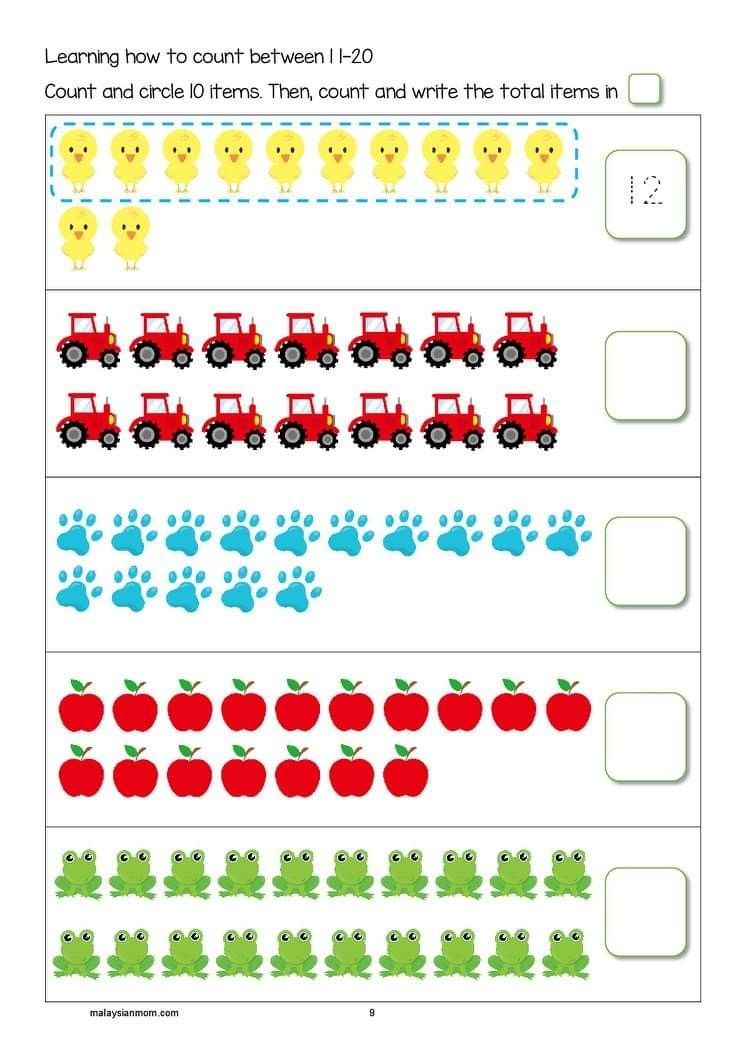
Counting is learned when the toddler starts making the connection between this innate sense of "how many there are" and the language we use to count "one, two, buckle my shoe". This is the first stage in learning maths and it's the building block for many early concepts.
Should parents count with their toddlers? Absolutely, using a variety of real objects. And since counting and language are interlinked reading to your toddlers is equally, if not more, important.
Counting - early learning milestones
Here are some stages of learning to count that you may notice your child going through at ages 3 to 5:
- Recognising how many objects are in a small set without counting. So if you show your child four apples they won't have to count them to tell you there's four.
- Knowing the "number words" from one to ten and their order.
- Know the sequence regardless of which number they start on. So if you say "start counting at four" they will count "four, five .
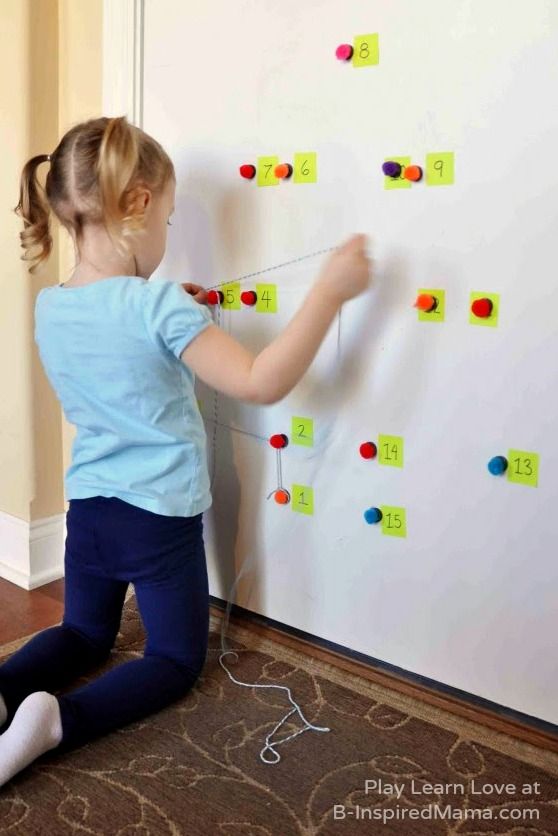 ." as opposed to always counting from one.
." as opposed to always counting from one. - Conservation of quantity - This is where children realise that the number of objects in a set stays the same unless any are added or removed. So if they count six cans of beans in a straight line, then you rearrange the beans ( in front of their eyes ) into say two stacks of three - they will realise there's still six without recounting.
- Counting non-visible objects - your child will realise they can count things they can't touch or even see - such as sounds, members of someone else's family, or even ideas.
- Cardinality, not to be confused with carnality - This is knowing that the last number counted is equal to the quantity of the set. If your child counts six oranges 1,2,3,4,5,6 and then you ask "how many oranges are there"? and they count them again then they haven't grasped "cardinality".
Counting on - as a step towards adding
Learning to add comes as an extension of counting. Here are some stages a child goes through to make this connection:
- Counting all - For 3 + 5, children will count "one, two, three" and then "one, two, three, four, five" to establish the quantity of the sets to be added – for example, three fingers on one hand and five fingers on the other.
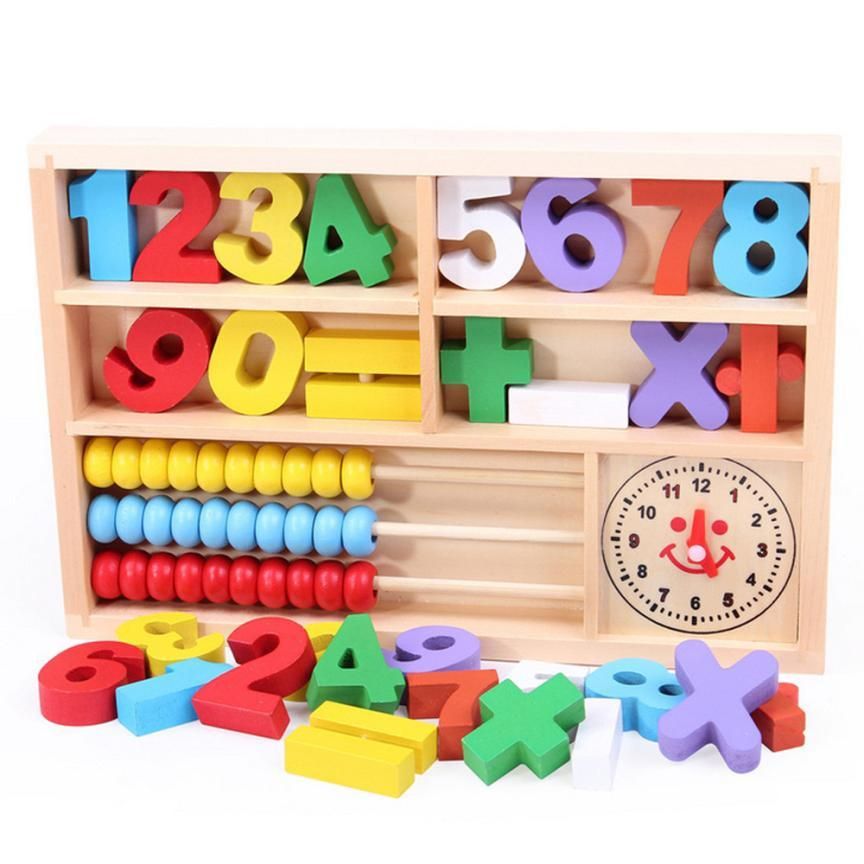 The child will then count all the objects "one, two, three, four, five, six, seven, eight"
The child will then count all the objects "one, two, three, four, five, six, seven, eight" - Counting on from the first number - Some children come to realise that it is not necessary to count the first number to add. They can start with three, and then count on another five to get the solution. Using finger counting, the child will no longer count out the first set, but start with the word ‘Three’, and then use a hand to count on the second added: ‘Four, five, six, seven, eight’.
- Counting on from the larger number - It's more efficient when the smaller of the two numbers is counted. The child now selects the biggest number to start with which is "five", and then counts on "six, seven, eight".
- The final stage isn't really counting - it's where learners know their number facts and skip the time-consuming counting altogether.
Number lines are great visual tools for making this connection between "counting on" and addition or subtraction - we use them in Komodo a lot.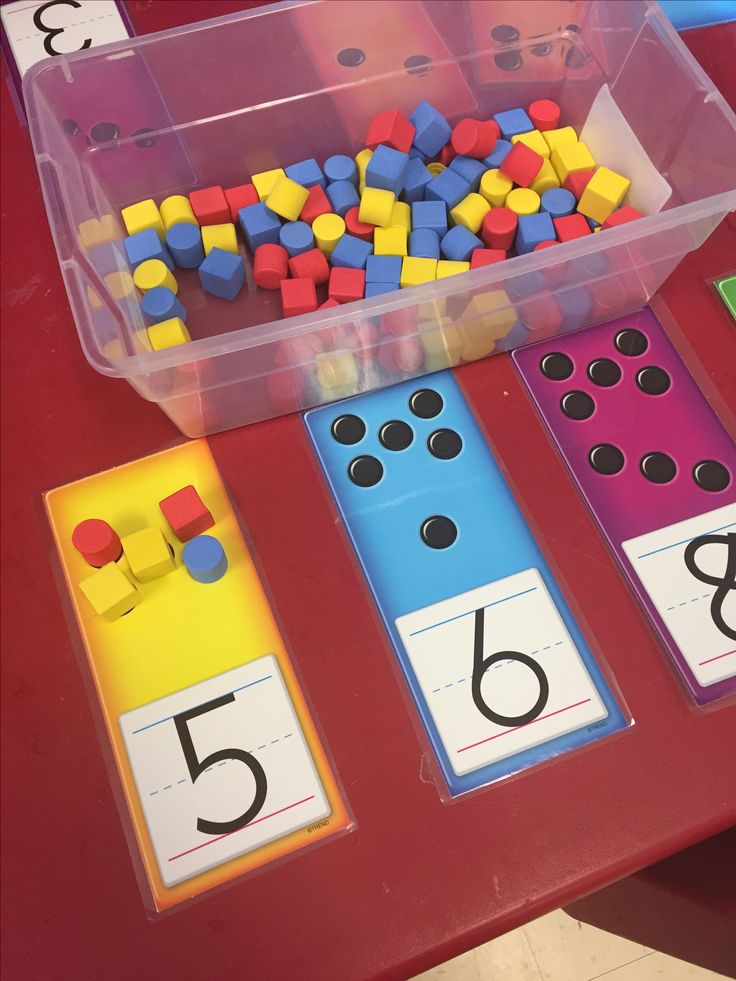 Here's an earlier blog article all about number lines.
Here's an earlier blog article all about number lines.
Beyond basic counting
Counting is the first mathematical pattern learners encounter. From here they soon begin to count backwards which is a step towards subtraction and they'll also count in twos, fives and tens which are a foundation for multiplication.
The next big step is the idea of place value and counting to base 10. Learners often make this leap simply because it's an obvious and efficient way to count large numbers. In Komodo, we use practice examples like this to help learners make the connection to counting in tens and ones.
It's easy to forget that counting is a key concept in maths with many stages before it's mastered. There's certainly a lot more to it than one, two, three!
I'm Ged, Co-founder of Komodo, ex-maths teacher and dad. If you have any questions please get in touch.
About Komodo - Komodo is a fun and effective way to boost primary maths skills.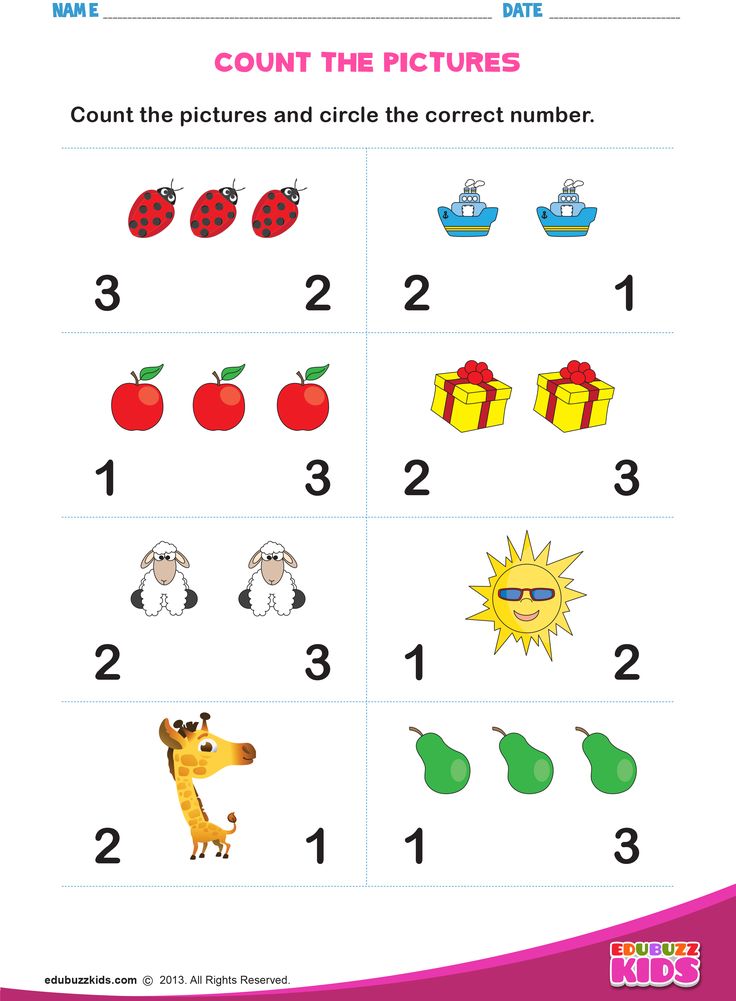 Designed for 5 to 11 year olds to use in the home, Komodo uses a little and often approach to learning maths (15 minutes, three to five times per week) that fits into the busy routine. Komodo users develop fluency and confidence in maths - without keeping them at the screen for long.
Designed for 5 to 11 year olds to use in the home, Komodo uses a little and often approach to learning maths (15 minutes, three to five times per week) that fits into the busy routine. Komodo users develop fluency and confidence in maths - without keeping them at the screen for long.
Find out more about Komodo and how it helps thousands of children each year do better at maths - you can even try Komodo for free.
Related Posts
Mindset - the path to mastery
People who have a growth mindset believe that they always have the potential to learn and improve. They are more motivated to persevere with difficult tasks, to take risks and to learn from failure.
Top tips to de-stress homework time
Homework can be a trigger for some of the worst fights and arguments that we have with our children. Here are some solutions that can help reduce tensions and get homework done without arguments.
Kids Learning - My First Numbers Counting Game on the App Store
Grasshopper Apps = Top Educational iPad Apps for Kids :-)
Why Grasshopper Apps? We believe that educational apps should be ridiculously fun, immensely educational, and affordable for all.
Fortunately, hundreds of thousands of parents agree and have turned us into one of the hottest app developers for kids on the iPad.
Ideal for Kids 1 - 4 Years Old
Grasshopper Apps User Stories:
"I love this app! It's so awesome because you can make your own cards! And you can record your own voice. I made a card for my pet cat Byron. It's so cute!"
"Must-have app! My daughter (23 months) loves the flashcards with the sounds as my wife and I have recorded our voices with the sounds each animal makes! Outstanding as whenever we ask our daughter if she wants to do words, she laughs and screams Yes! Keep up the excellent work and we look forward to more outstanding products!"
"Wonderful App! As a mom & as a certified Kindergarten teacher, I love this app.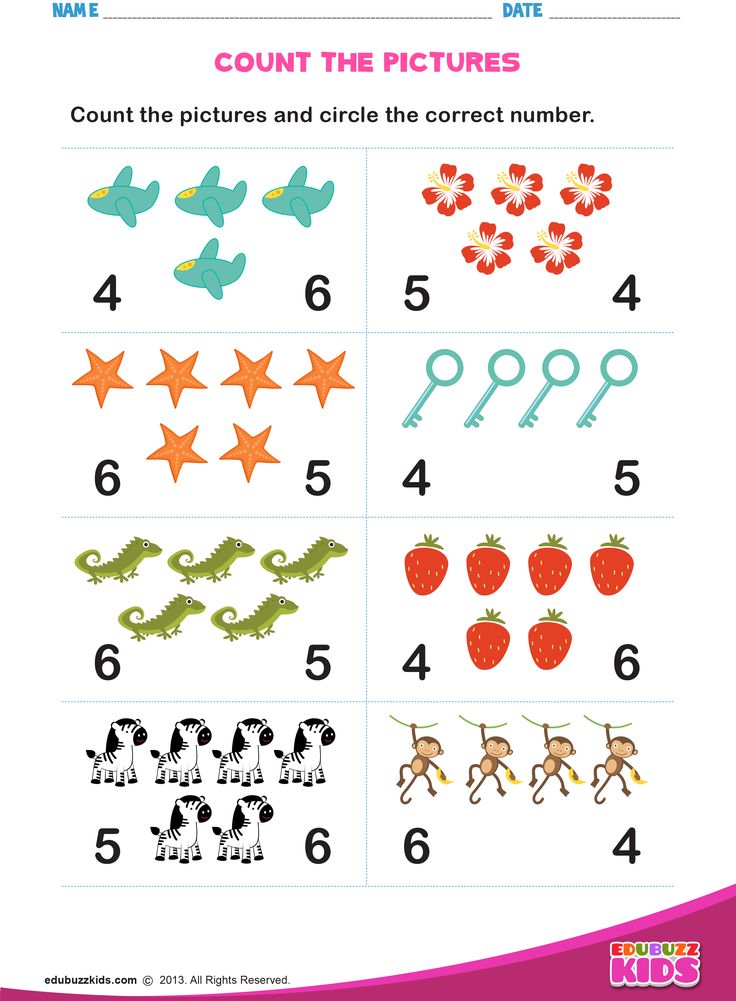 I use it with my infant twins daily & am brainstorming ways to use it with my students in the fall (specifically the shapes)!"
I use it with my infant twins daily & am brainstorming ways to use it with my students in the fall (specifically the shapes)!"
"I love this app. You can customize all the flashcards with your own voice plus add your own. My baby loves it and his older siblings had so much fun recording their voices to the animal flashcards along with silly animal sounds. It is probably one if the most fun baby apps available."
FEATURES
* A great and exciting introduction to learning numbers 1 to 20.
* Learn to count fingers, quantities (e.g. 5 apples), and learn to recognize your first numbers (e.g. 1, 2, 3, etc.)
* Add your own cards - record own voice and add own pictures!
* Includes 100+ gorgeous photographs that are carefully hand picked and selected
* Fun & engaging voice artist keeps kids engaged
* 6 different play modes to show the flashcards anyway you like. Play modes include (image only, word only, flashcard only, word then flashcard, word then image)
* 4 super fun game modes where you either match the picture to the words or the words to the pictures
* Fully customizable font size, font color, spelling (upper case, lower case, etc.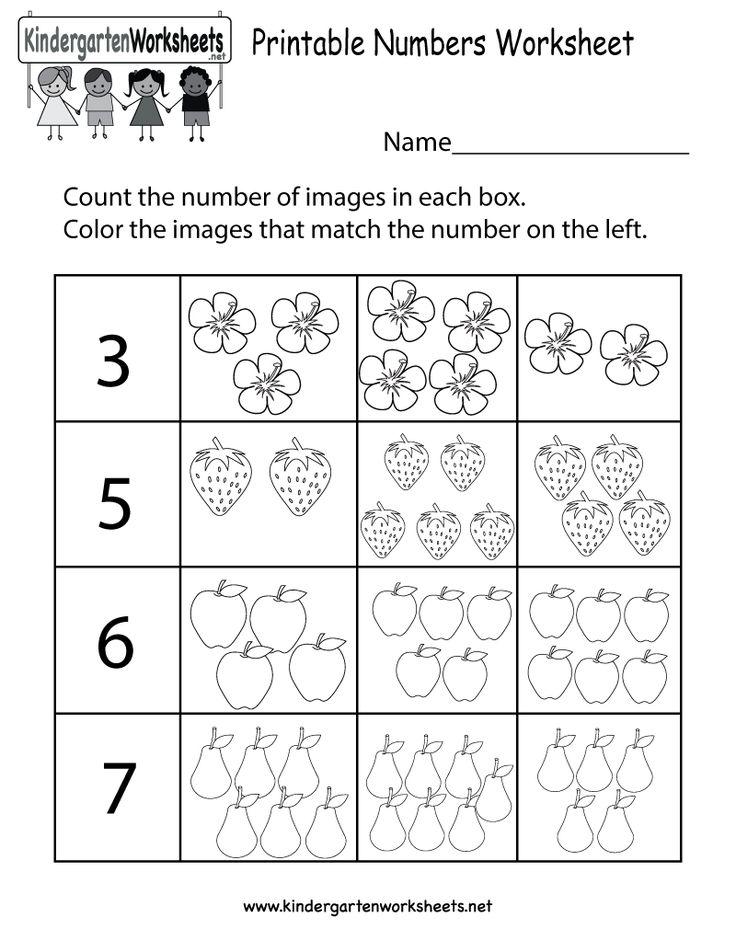 )
)
* Infant mode - includes ability to select extra large font size and red font color (ideal for babies less than 12 months of age)
* Don't want to teach your baby a given word? No problem, just delete the card
* Multi-sensory learning tool - combining audio, voice, and written words
HEROIC SUPPORT
Heroic Support is not just what we do. It's really what makes us, well, us. It's that drive to make a difference in your life - no matter how big or small. Really, it's our way of life because we want you to be our customer for a lifetime of fun and learning.
Have questions? We are here to help. Email us at [email protected]
How to teach a child to count to 10, 20, 100
How to teach a child to count
Many children come to the first grade already with counting skills, so it is important for parents to teach them in advance. Today there are many techniques that make it interesting and fun.
Do not impose learning to count, it should be easy: in the course of daily activities or games.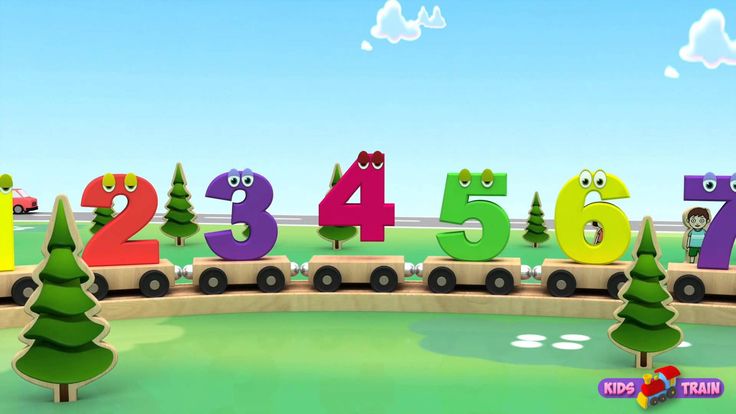 Count familiar objects together, gradually complicating the tasks. For example, he easily visualizes two oranges or four plates, but hardly abstract sets.
Count familiar objects together, gradually complicating the tasks. For example, he easily visualizes two oranges or four plates, but hardly abstract sets.
When to teach your child to count
Most experts believe that the best time to teach kids to count is 3-5 years. It is at this age that the child begins to be interested in new things and learns to establish patterns between numbers. However, everything is very individual. If the baby is actively exploring the world and is interested in mathematics earlier, you can start learning from the age of 1.5.
What methods to use to teach counting
We have collected proven methods that allow you to do this in a playful way that is interesting for the child.
- Finger counting . The technique helps to understand how to teach a child to count to ten. It will be difficult for a baby to remember all the numbers at once, so you can start with five and focus on the fingers of one hand.
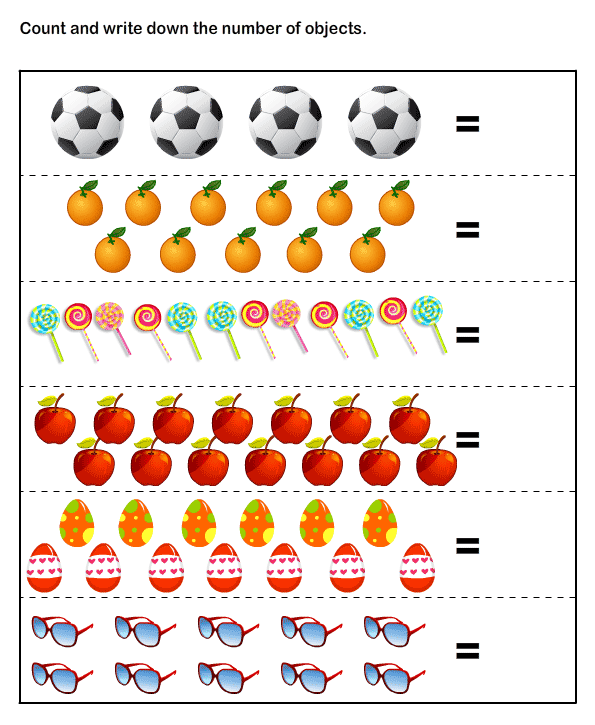 Introduce the child to their names, then connect the other hand. You can use finger games when one disappears or two or three fingers meet together.
Introduce the child to their names, then connect the other hand. You can use finger games when one disappears or two or three fingers meet together. - Use of study cards and sticks . You can lay them out one by one on the table and name the numbers, then move one part of the sticks to the right and the other to the left and ask how many sticks are in each part.
- Number games . Teaching children to count can take place in a playful way. For example, the role-playing game "shop". You need to choose who will be the seller and who will be the buyer, and assign a currency. Selling or buying sweets and toys, the child will easily remember the numbers up to ten and even up to twenty.
- Montessori method . It's like playing shop. You can give the child different coins, for example, a ruble, two, five, and ask him to calculate the amount or change money.
- Doman technique . The author recommends using cards with red dots for counting.
 The color will attract the baby's attention.
The color will attract the baby's attention.
- Hundred Account Nikolai Zaitsev suggests immediately showing numbers from 0 to 99. So the child will understand how many tens and units each number makes.
- Polyakov's method . You will need cubes, a box with compartments according to the number of cubes and numbers. First, one cube is taken, placed in a cell and the number 1 is placed next to it. And so on up to 100.
How to teach your child to count to 20
To teach your child to count to 20, use two pairs of hands - yours and his own. You can also use cubes, cards, sticks or draw dashes - whatever comes to mind. Such an account is given as easily as up to 10. At this stage, the child needs to understand the composition of the number.
<>
How to teach a child to count up to 100
Tell your child that there are only nine tens, then name each tens: ten, twenty, thirty, and so on.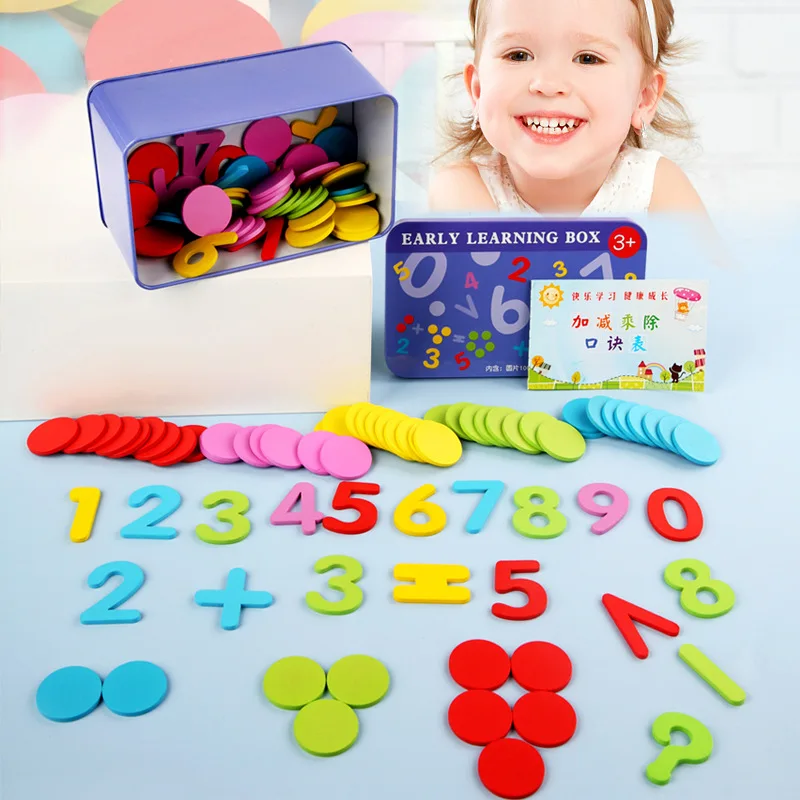 Invite him to memorize 10 new digits of each ten every day. At the end of the day, ask what the child remembers and repeat what they have learned on other days. To simplify repetition, you can count the objects that are in front of you. After the child has mastered the tens, invite him to play a game: write a series of numbers with tens and skip one number in the middle. Ask your child to complete the pass.
Invite him to memorize 10 new digits of each ten every day. At the end of the day, ask what the child remembers and repeat what they have learned on other days. To simplify repetition, you can count the objects that are in front of you. After the child has mastered the tens, invite him to play a game: write a series of numbers with tens and skip one number in the middle. Ask your child to complete the pass.
<
You can also use Glenn Doman's method. First, the child needs to be shown cards with no more than five dots, then increase their number to 20, 50, and then up to 100. This method will also help train visual memory.
It is important to draw the attention of the child to the numbers from 11 to 19, as they are called differently from the rest.
Source: freepik.com
How to teach your child to add and subtract
To teach a child to solve examples, visualization is needed again. Bend and bend your fingers, remove and take out sweets.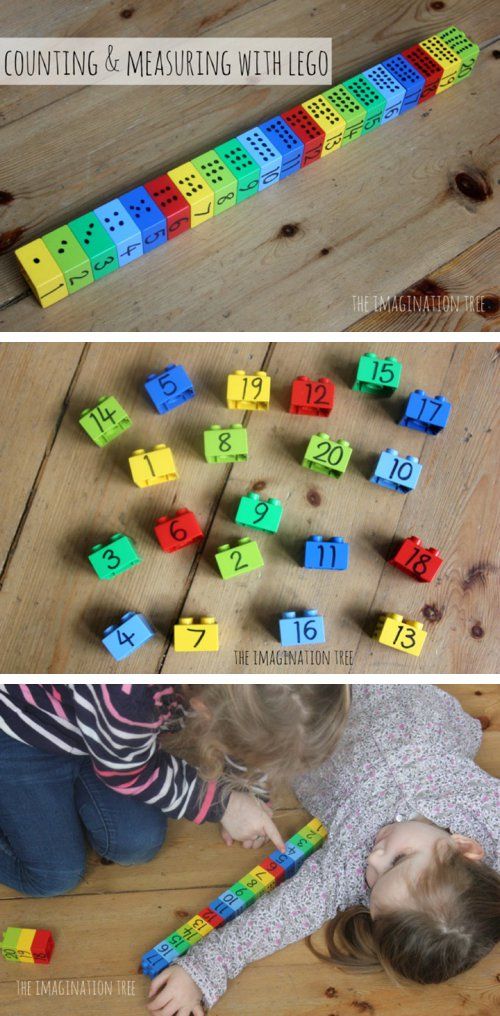
Addition and subtraction are reciprocal operations. This connection needs to be conveyed to the child. That is, to demonstrate that 2+1 = 3 is the same as 3−1 = 2 and 3−2 = 1. If the child has mastered the principle, there will be no problems with other numbers.
To teach your child to add and subtract within 20, you need a number line. For example, 5+3. We find the number 3 on the beam and take five steps to the right. You can do the same with your fingers. So you can teach to count with the transition through a dozen and without.
Actions with the transition through ten have a peculiarity: you need to know the composition of the number and the pair of numbers that together form a ten (1 and 9, 2 and 8, 3 and 7, 4 and 6, 5 and 5). For example, 7+6. Seven to ten lacks three, that is, it turns out 7 + 3 + unknown. The six gave away three to ten, which means that there are still three left. Then it turns out: 7+3+3.
How to teach a child to count in columns
Explain that in addition and subtraction, all actions are performed in digits: tens with tens, ones with ones.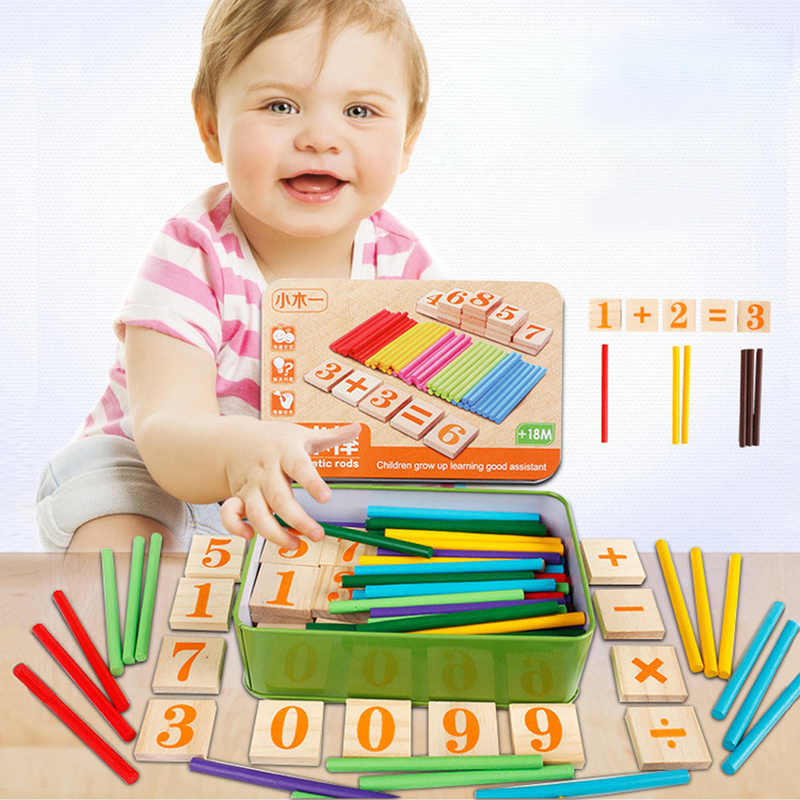 For example, 31 + 12: a three is added to a unit, a unit to a two.
For example, 31 + 12: a three is added to a unit, a unit to a two.
To simplify, you can do training exercises - for example, write numbers under each other. Number 6 at the bottom, 12 at the top. It is important to explain to the child that six should be under the number 2, and not 1, as it refers to units.
Start with simple examples, where numbers add up to a number less than 10. Then you can move on to examples with a transition through ten: for example, 25 + 16. 5 + 6 add up to 11. Then we write the unit from 11 under the line, and we remember the unit as a ten. When we add the tens, we get 2 + 1 and another +1, which we kept in our heads.
In the case of subtraction, you should also start with simple examples, gradually moving on to more complex ones. For example: 25-16, in the column where there are ones, 5 less than 6, explain to the child that in this case we kind of “borrow” a unit from tens.
For convenience, you can use the symbols that are marked in blue in the figure. In the first case, a ten is added, in the second, a dot serves as a reminder of a “busy” ten.
In the first case, a ten is added, in the second, a dot serves as a reminder of a “busy” ten.
Counting games and exercises
Lego
Build towers with a certain number of blocks to teach your child to count. Later Lego will be needed in the development of fractions.
Fairy tales
Read to your child passages from fairy tales that contain numbers. He needs to clap as soon as he hears them.
Coloring pages with examples
You can teach your child to add and subtract through coloring pages, where an example is written in each cell, by solving which the child will recognize the color.
Board game "Strawberry paths"
There are two types of cards in the game: "Picking berries" and "Sharing berries". In the first case, you need to string a certain amount on your thread, and in the second, subtract, that is, give away. In the process, you need to count the berries and compare.
Dominoes with numbers
The principle is the same as with pictures.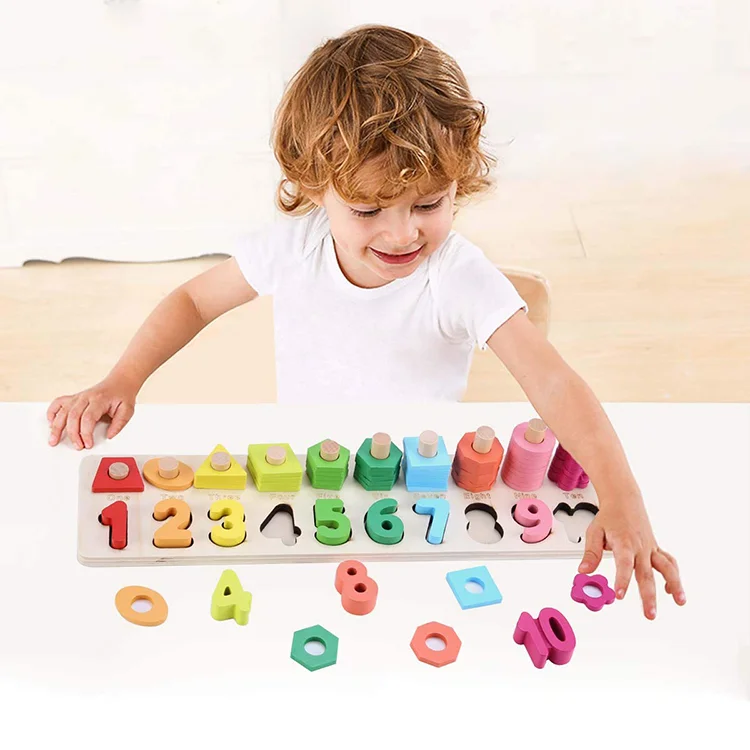 One domino with two numbers around the edges is laid out by the child, the parent picks up a die with one of the numbers. The one who gets rid of the dominoes first wins.
One domino with two numbers around the edges is laid out by the child, the parent picks up a die with one of the numbers. The one who gets rid of the dominoes first wins.
<
